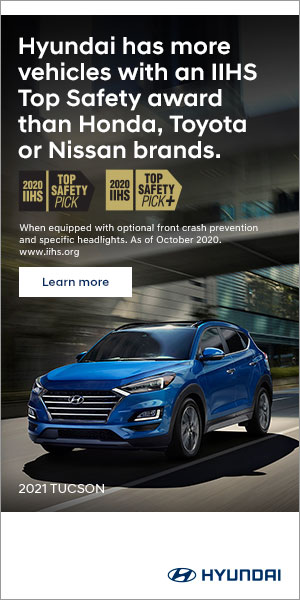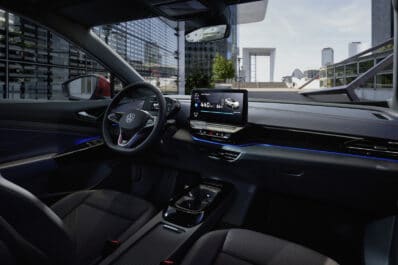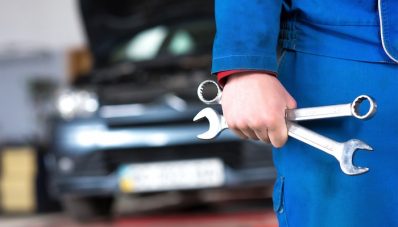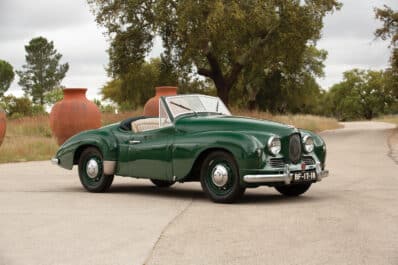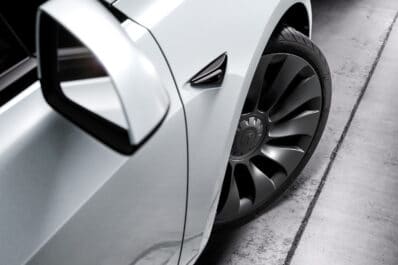The revived North American International Auto Show brought news Chrysler will drop the long-running 300 sedan, leaving the once-vaunted brand with just a single product line, the Pacifica minivan.
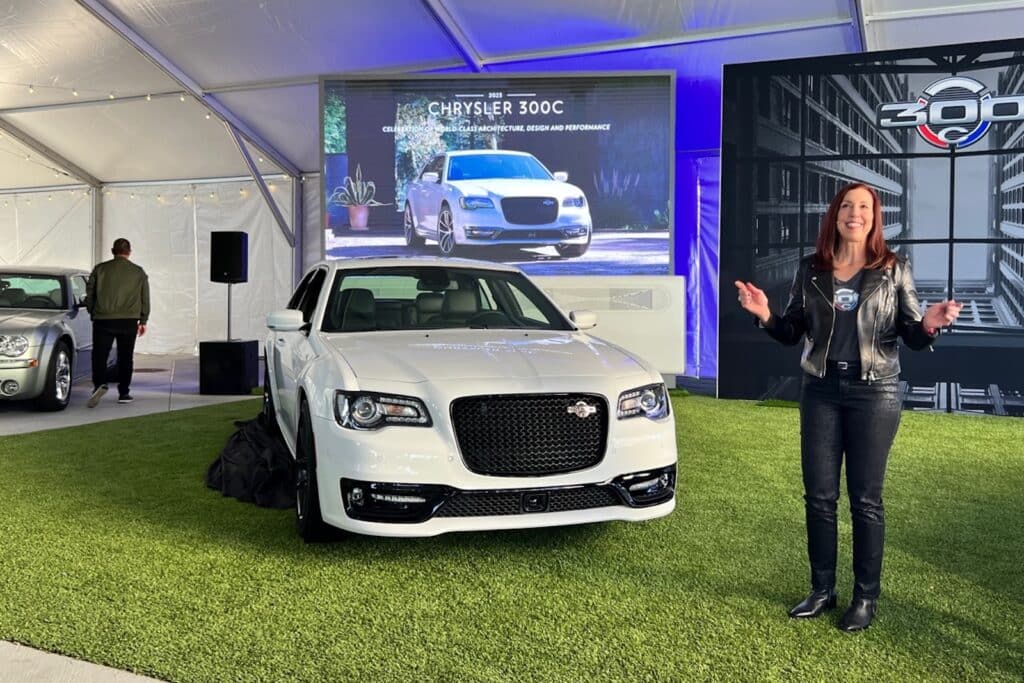
That, in turn, has raised anew concerns the familiar Chrysler brand name could soon be relegated to the automotive junk heap, along with other once-iconic names like Plymouth, Mercury, Pontiac and Packard.
But that, according to Carlos Tavares, head of Chrysler’s parent company Stellantis, “is a misperception.” During an exclusive interview with TheDetroitBureau.com, the CEO stressed, “We are preparing the commercialization of the first products for the brand’s rebound.”
Beginning the transformation
The Euro-American automaker offered a hint of what’s in store at the Consumer Electronics Show last January, unveiling the Airflow concept. Named after a highly aerodynamic model from the 1930s, the show car was meant to signal the Chrysler brand’s plan to go all-electric by 2028.
“We (will) transform Chrysler with a fully electrified future and breakthrough customer experiences,” brand boss Chris Feuell declared during an appearance at the auto show Wednesday in Detroit.
But what exactly Chrysler will become is still a work in progress, officials are cautioning.

The transformation begins with the launch of the brand’s first all-electric model which will be based on the Airflow concept. It’s expected to reach showrooms by 2025. But while it’s the only new model that has so far been announced for the Chrysler brand, “You cannot rebound … with one single model,” Tavaes said. “So, there will be a few” to follow.
How many, he wouldn’t say, but company insiders have confided to TheDetroitBureau.com several additional products are in the works.
Defining a new direction won’t be easy
“There is one problem,” Tavares cautioned. “Everybody expects us (to) clarify the brand positioning, but Chrysler has gone in very different positions in the past” and coming up with a new brand image moving forward could be one of the biggest problems it faces.
Over the decades, the Chrysler has gone from being a premium brand, akin to Cadillac and Lincoln, to being something substantially more downmarket. In the 1990s, it even tried to position itself as a sort of “blue-collar luxury” brand, targeting those who have saved all their lives for a final high-line vehicle. In recent years, Chrysler was simply the repository for a hodgepodge of models with no clear identity at all.
So, Tavares candidly acknowledged, it’s far too early to know if the new brand image now under development will work. “We don’t know” if it’s on target, he said, but “we will correct that, if we need to.”
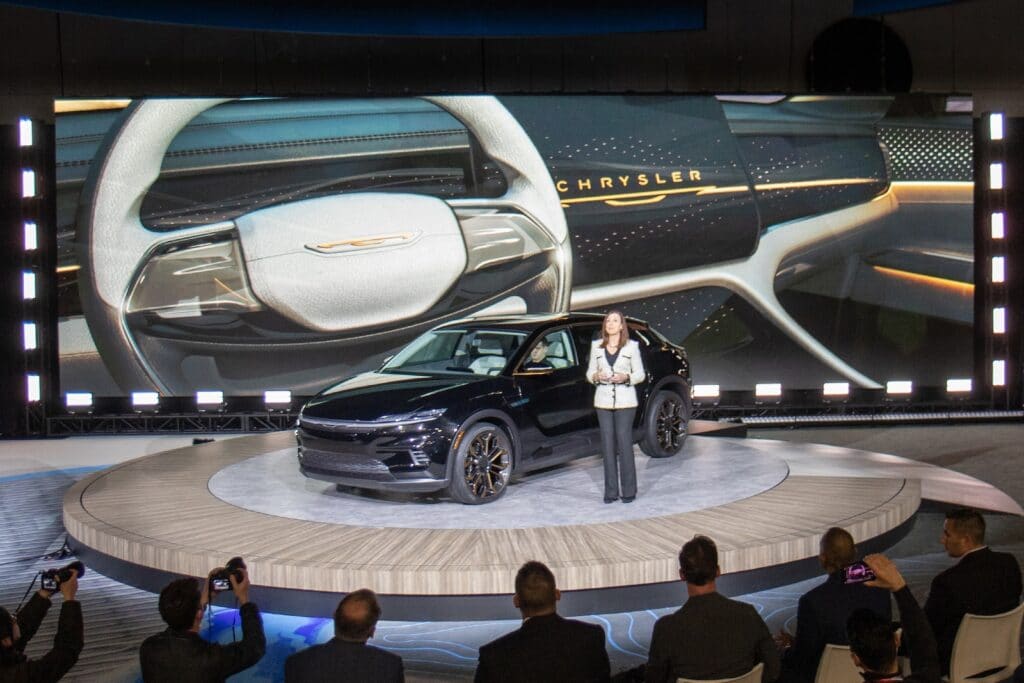
Just like starting from scrarch
Tavares isn’t the only one concerned about what it will take to put the Chrysler rebound into motion.
“The challenge of redefining the (Chrysler) brand will be as much of a challenge as starting a brand from scratch,” said Tyson Jominy, vice president of data and analytics for J.D. Power.
There’s very little Chrysler owner base left, he said, adding the automaker will have to develop “an all-new” one.
The Volvo model
It will be difficult, added Jominy, but not impossible, pointing to Volvo. It went through its own transformation after Ford sold the Swedish automaker to China’s Geely in 2010. It took time to reposition the brand, the analyst noted, but Volvo now has one of the highest loyalty rates in the auto industry.
Clearly, that’s something Stellantis can only hope for as it begins the rebuilding process. The good news for the Detroit-based Chrysler is that it’s being given another chance, defying some forecasts that Stellantis would simply toss the troubled brand on the scrap heap and focus on its 13 other global marques.

